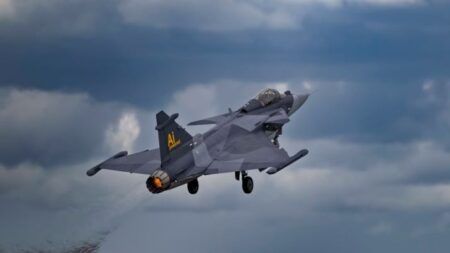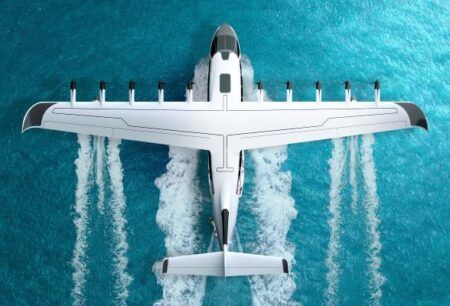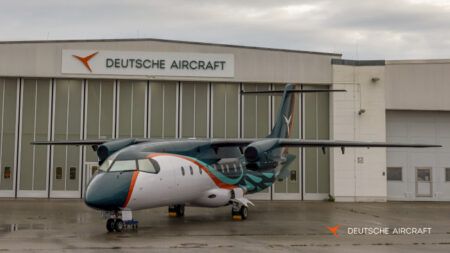Boeing announced on March 9 that the US Federal Aviation Administration (FAA) has certified the 737 MAX 8 aircraft for commercial service. Boeing is now in the final stages of preparing for the first 737 MAX 8 delivery to customers in the coming months.
To earn certification for the 737 MAX 8, Boeing undertook a comprehensive test program that began just over one year ago with four airplanes, plus ground and laboratory testing. Following a rigorous certification process, the FAA granted Boeing an Amended Type Certificate for the 737 MAX 8, verifying the design complies with required aviation regulations and is safe and reliable.
“This certification is a true testament to the dedication and commitment of our entire MAX team throughout the process, from airplane design to flight testing,” said Keith Leverkuhn, vice president and general manager, 737 MAX program, Boeing Commercial Airplanes. “The Renton team looks forward to delivering superior efficiency, reliability and design to our customers as they start to receive their 737 MAX aircraft in the next few months.”
The 737 MAX 8 is the first in the family to be developed to meet customer demand in the heart of the single-aisle market. The 737 MAX 8 reduces fuel use and CO2 emissions by an additional 14% over today’s most fuel-efficient single-aisle airplanes.
The 737 MAX family of aircraft is designed to offer customers exceptional performance, flexibility and efficiency, with lower per-seat costs and an extended range that will open up new destinations in the single-aisle market. The MAX 8 and 9 will be followed in 2019 by the smaller MAX 7 and higher capacity MAX 200, while studies and discussion continue with customers on growing the family.
The 737 MAX incorporates the latest technology CFM International LEAP-1B engines, Advanced Technology winglets and other improvements to deliver the highest efficiency, reliability and passenger comfort in the single-aisle market.
Edited by Michael Jones




